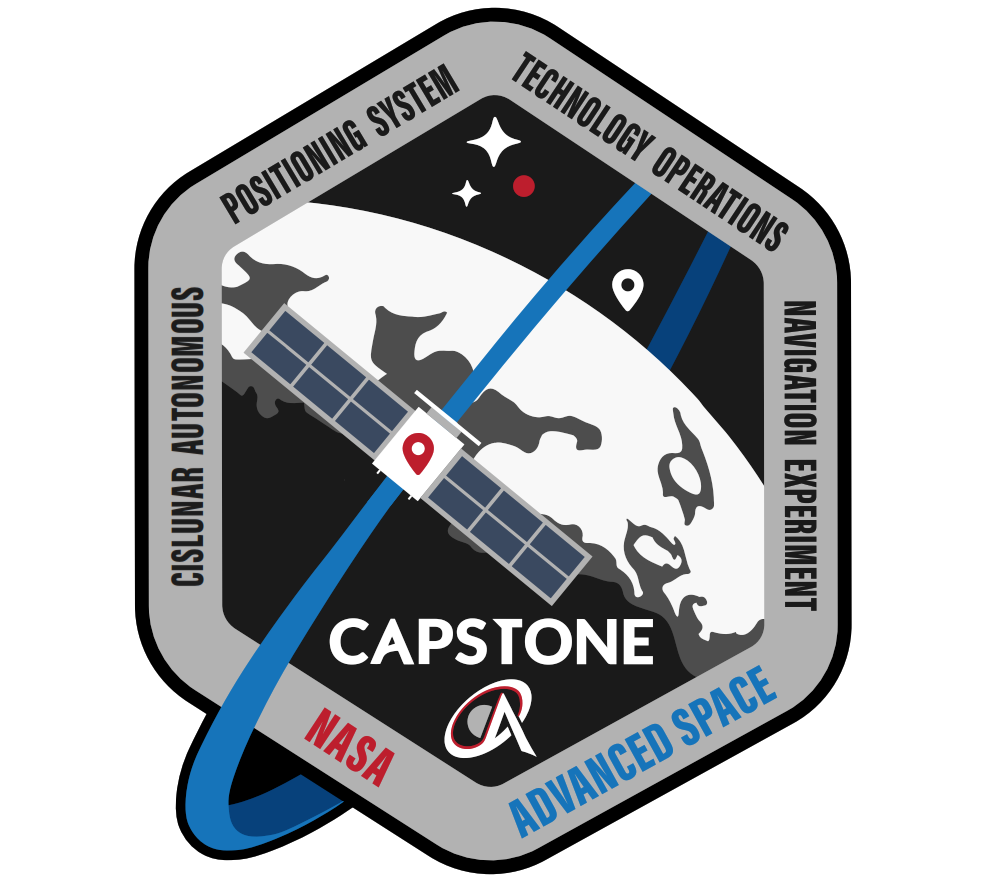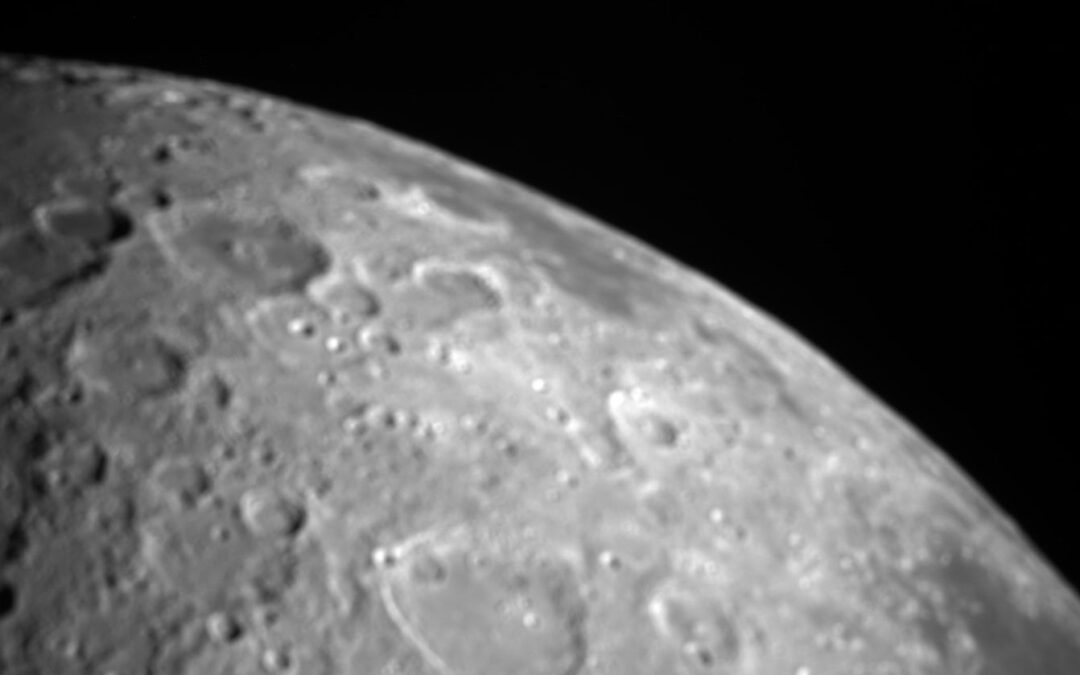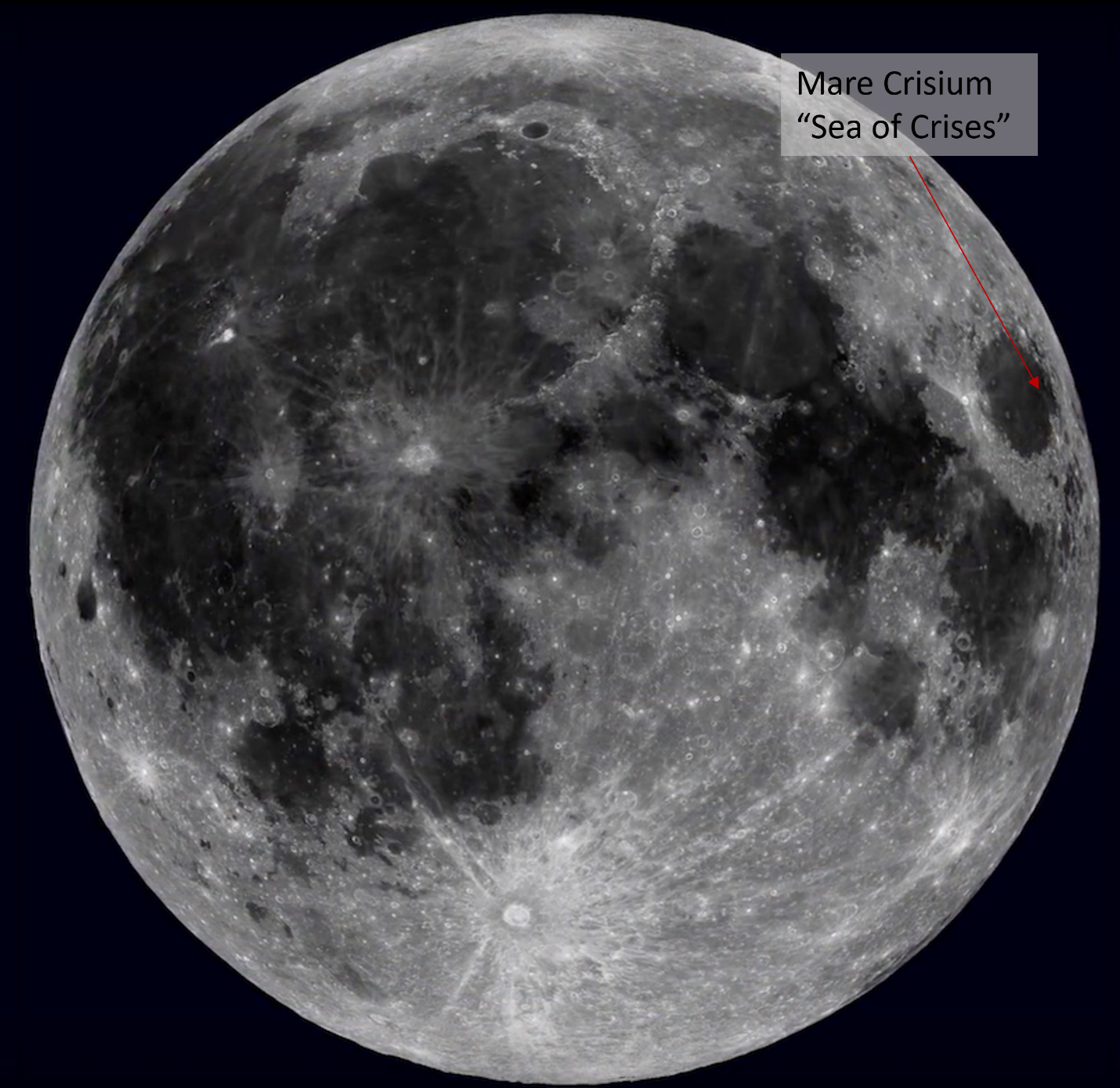Enhanced Mission to continue testing near-lunar communication and navigation technologies for months to come.
Advanced Space’s pioneering commercial satellite has completed its primary 6-month mission operating in the Near Rectilinear Halo Orbit (NRHO) that will be utilized by the Gateway lunar space station. CAPSTONE’s enhanced mission will continue to focus on demonstrating lunar operations and navigation technology. To mark the end of the Primary Mission, Advanced Space is providing an update on the mission’s accomplishments. While the completion of the Primary Mission is a significant milestone, the CAPSTONE mission is not complete. The mission team, led by Advanced Space, is now planning and preparing to execute the “Enhanced Mission” phase, which will extend the CAPSTONE spacecraft’s time in the NRHO up to 12 months.
The CAPSTONE mission has accomplished a tremendous amount since entering the NRHO 6 months ago. CAPSTONE’s Primary Mission began after a second correction maneuver inserted the spacecraft into orbit. Since then, the microwave sized CubeSat completed 28 orbits and 7 maneuvers while enduring 6 lunar eclipses with a maximum duration of 74.32 minutes. The Advanced Space Team has delivered 89 published orbit determination solutions using more than 315,000 measurements from the Deep Space Network including the site at Morehead State University. This was a critical capacity added to DSN to support CAPSTONE which was the first mission to use Morehead for deep space operations.
In addition to testing a fuel-efficient trajectory to reach NRHO, CAPSTONE is helping NASA test future communication and navigation technologies for operating on or in the vicinity of the Moon. The spacecraft will continue to demonstrate critical technologies that will support future missions to the Moon.
CAPS – Testing for the future
CAPSTONE tested navigation technology akin to Earth’s global positioning system (GPS). This technology, CAPS, Cislunar Autonomous Positioning System, was developed by Advanced Space. After working with the Lunar Reconnaissance Orbiter (LRO) team for over 2 years, Advanced Space was able to collect crosslink measurements between CAPSTONE and LRO during a recent experimental attempt on May 9th. During this experiment, the CAPSTONE spacecraft sent a navigation signal to LRO which was subsequently sent back to CAPSTONE. From the returned signal, CAPSTONE was able to compute its range and trajectory which can be used to determine the positioning of both the LRO and CAPSTONE spacecraft. This was a primary objective for the mission which sought to demonstrate its CAPS technology which provides autonomous onboard navigation. Using the gathered data, the team will look to improve subsequent crosslink demonstrations and continue to work towards demonstrating operational feasibility. In the future, additional data types will be demonstrated and incorporated into CAPS to deliver navigation knowledge to users in orbit and on the surface of the Moon.
Extended mission plans will be considered beyond this next mission phase if the spacecraft continues to weather the conditions posed by lunar radiation and thermal environments.
Operational lessons learned – shared with NASA and infused into other upcoming missions.
The CAPSTONE mission has overcome multiple challenges on its way to the Moon and to completing its Primary Mission. These challenges have provided numerous lessons learned for the team on how to improve operations on the way to and operating at the Moon that will support future missions. Specifically, Advanced Space has briefed NASA program teams and continues to support technical interchanges so that lessons learned can be infused to support national objectives with regard to the Moon. These valuable insights have been shared with NASA Johnson Space Center and will be shared with NASA Goddard Space Flight Center next month which is fitting as Goddard is where CAPS as a technology started in 2017 as a Phase I SBIR.
Picture
The CAPSTONE spacecraft is equipped with an imager. This imager was included to support technology demonstration as well as public awareness objectives. Three in-flight imager tests have been conducted, all taking place after the start of the primary mission. Imaging activities will continue as the spacecraft’s close approaches to the lunar surface allow resolution of some features.
The image included in this post was captured on the 3rd of May 2023 at 15:11 UTC. At this time, the spacecraft was near its perilune—the spacecraft’s closest approach to the Moon—which occurs approximately above the Moon’s North pole. The center of this image is approximately located at 25° N, 85° E on the lunar surface.
What’s next
CAPSTONE’s Enhanced Mission phase will continue collecting additional crosslink measurements and one-way uplink measurements from the Earth. Continued operations also will emphasize increasing efficiency and automation by the flight dynamics system as a precursor to multi-mission support in the future.
Award Winning Mission – NASA and industry awards
Thank you to NASA, our mission partners, and everyone who has supported us through this journey. We are excited to have completed this important operational milestone and look forward to ongoing operations of the spacecraft at the Moon and future missions it will support.
AIAA Small Spacecracft Mission of the Year 2022
Commercial Spaceflight Federation (CSF) Commercial Space Pioneer Award
NASA Honor Group Achievement Award
About CAPSTONE™: CAPSTONE Press Kit
CAPSTONE™ is owned and operated by Advanced Space. It is one of the first CubeSats to fly in cislunar space – the orbital area near and around the Moon – and demonstrate an innovative spacecraft-to-spacecraft navigation technology. The mission launched on June 28, 2022. Critical partners in the CAPSTONE mission include:

-
- NASA: CAPSTONE’s development is supported by the Space Technology Mission Directorate via the Small Spacecraft Technology and Small Business Innovation Research programs at NASA’s Ames Research Center in California’s Silicon Valley. The Artemis Campaign Development Division within NASA’s Exploration Systems Development Mission Directorate supported the launch and mission operations. NASA’s Launch Services Program at Kennedy Space Center in Florida was responsible for launch management. NASA’s Jet Propulsion Laboratory supported the communication, tracking, and telemetry downlink via NASA’s Deep Space Network, Iris radio design and groundbreaking 1-way navigation algorithms.
- Terran Orbital Corporation: Spacecraft design, development and implementation, hardware manufacturing, assembly, testing and mission operations support.
- Stellar Exploration: Propulsion subsystem provider.
- Rocket Lab USA, Inc.: Launch provider for CAPSTONE on a three-stage Electron launch vehicle.
- Space Dynamics Lab (SDL): Iris radio and navigation firmware provider.
- Orion Space Solutions (formerly Astra): Chip Scale Atomic Clock (CSAC) hardware provider necessary for the 1-way ranging experiment.
- Tethers Unlimited, Inc.: Cross Link radio provider.
- Morehead State University (MSU): Operates the newest “affiliated node” on the NASA Deep Space Network (DSN). Providing telemetry, tracking and control services for NASA and commercial space missions and to engage university students in deep space mission operations.



